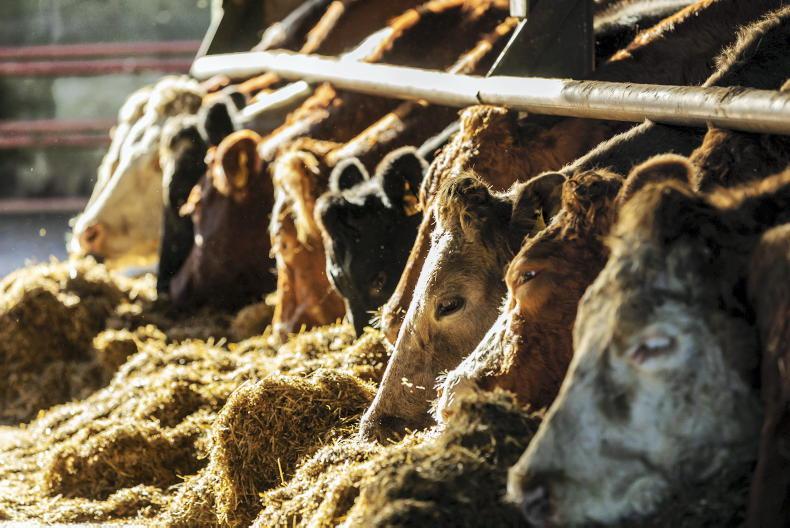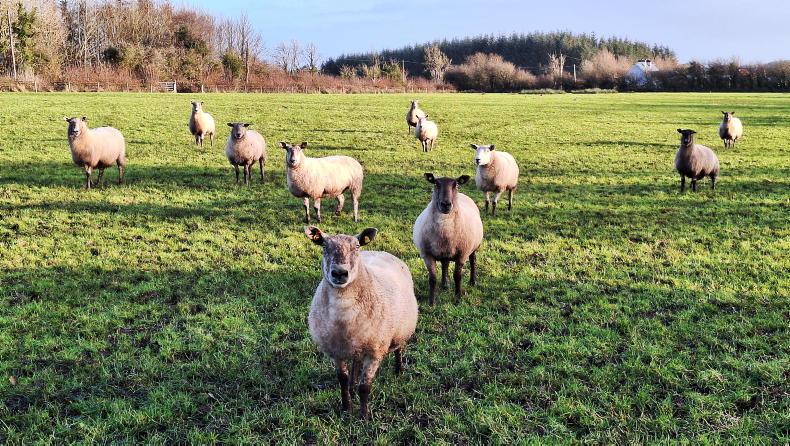While we never get the extremes in weather that other countries seem to be hit with, it’s hard to believe that three weeks ago we were in a drought.
Now I have farmers reporting (albeit those in heavy soils) that trafficability is becoming an issue.
Ground conditions aside, rainfall has been well ahead of normal for the time of year, with Gurteen College seeing close to two and a half times it’s average normal rainfall for the time of year.
Challenges
Even where soils are soaking up this water well, all this rainfall is making any silage making difficult to complete.
Second cuts are lagging behind due to poor growth, and there is a delay in the application of fertiliser and slurry with the drought, meaning very few are fit for harvesting just yet.
Unfortunately, those looking to mow out paddocks to correct grass will be left with a ‘smash and grab’ approach for the medium term, as low pressure and rainfall will dominate over the next two weeks or so.
Growth returned
Thankfully, growth has returned and farmers have seen paddocks and silage crops really take off.
As always, it’s important to continue measuring grass every five to seven days to assess growth and farm cover. For many, the rotation length should be pulled back 18 to 20 days to keep pre-grazing yields at 1,300 to 1,400kg DM/ha.
With the rainfall we’re experiencing, it might be easier to artificially increase the stocking rate by taking out some paddocks, as long-term silage, instead of having to mow out weekly.
This, of course, will be specific to the farm and area, as some will look to baling as a means of getting control of grass quality, and will look to bale a lot of the grazing block.










SHARING OPTIONS